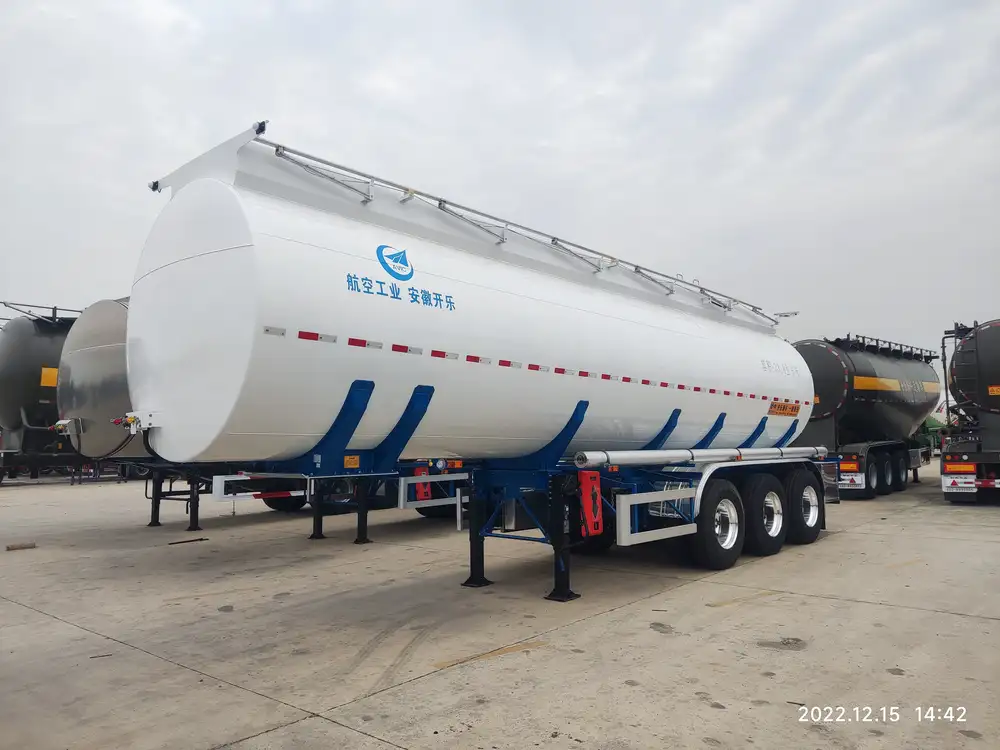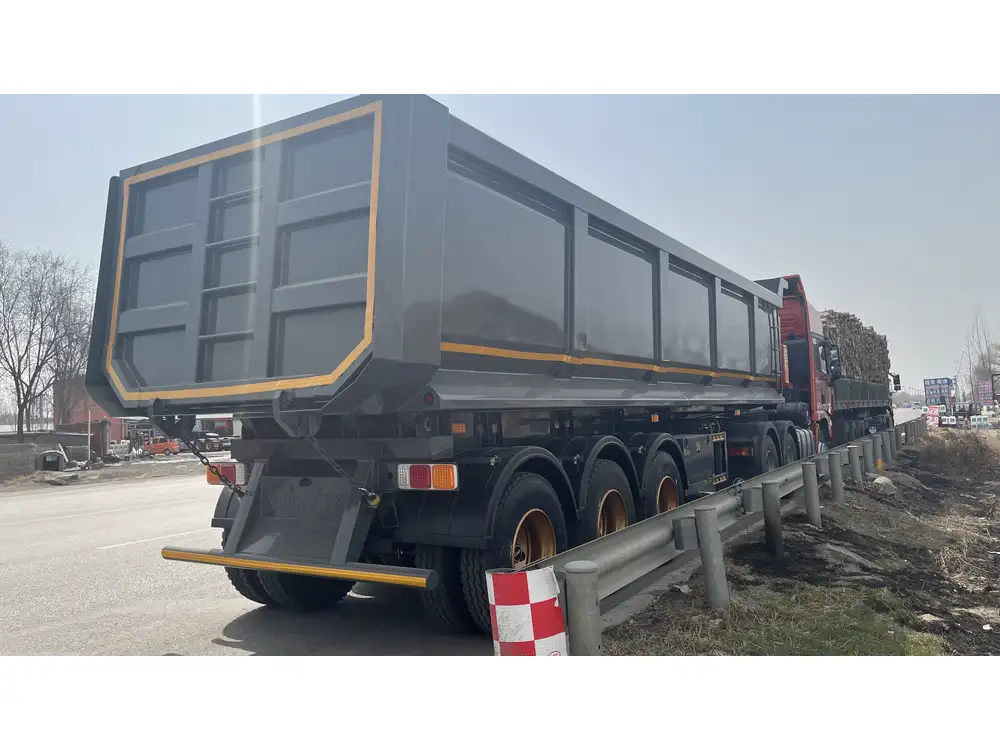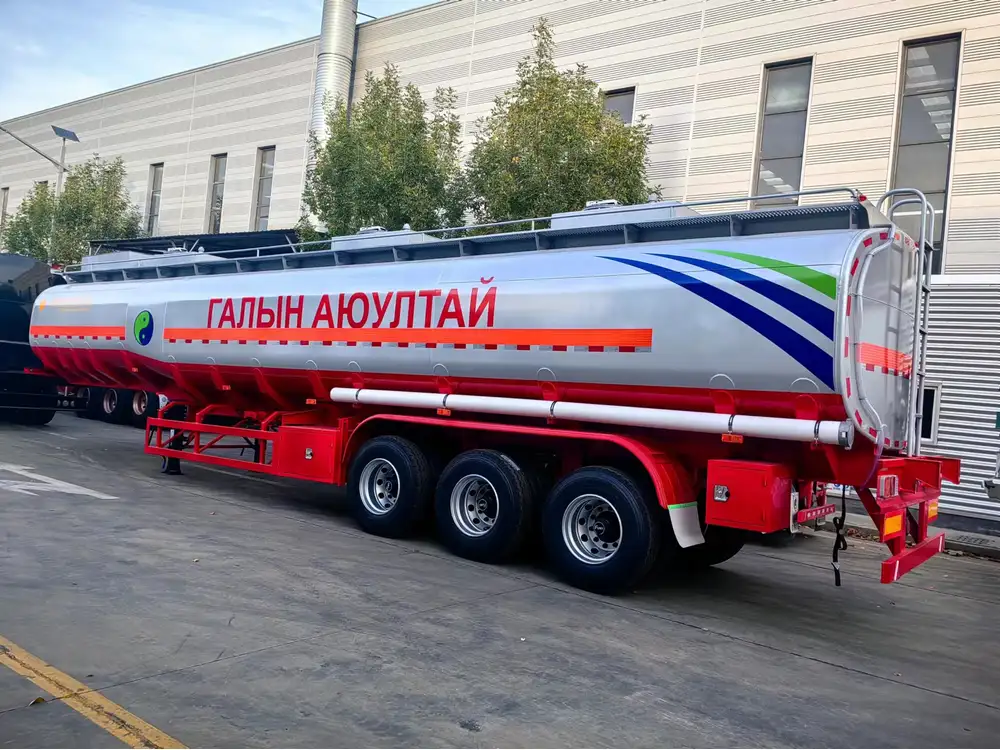In the realm of energy solutions, understanding the nuances between various fuel types is paramount for making informed decisions. As a leading manufacturer in the heavy industry sector, CarMax Vehicle recognizes the significance of clarity in distinguishing between butane and Liquefied Petroleum Gas (LPG). This comprehensive guide delves into the intricacies of both fuels, elucidating their differences, applications, and benefits to equip our clientele with the knowledge necessary for optimal utilization.
Table of Contents
- Introduction to Butane and LPG
- Chemical Composition and Properties
- Production and Sources
- Usage and Applications
- Storage and Handling
- Safety Considerations
- Environmental Impact
- Economic Factors
- Why Choose CarMax Vehicle for Your Fuel Needs
- Frequently Asked Questions
Introduction to Butane and LPG
Butane and Liquefied Petroleum Gas (LPG) are both hydrocarbon gases commonly used for heating, cooking, and as fuel for engines. While they share similarities in their applications and physical states under pressure, their chemical compositions and properties distinguish them significantly. Understanding these differences is crucial for industries and consumers alike to ensure the correct fuel choice for specific needs.

Chemical Composition and Properties
Butane
Butane is a saturated hydrocarbon with the chemical formula C₄H₁₀. It exists in two isomeric forms: n-butane and isobutane (methylpropane). The straight-chain n-butane is often used as a fuel, while isobutane finds applications in petrochemical industries.
Key Properties:
- Boiling Point: Approximately -0.5°C (31.1°F)
- State at Room Temperature: Gas
- Flammability: Highly flammable
- Energy Content: About 49 MJ/kg
Liquefied Petroleum Gas (LPG)
LPG is a mixture of propane (C₃H₈) and butane (C₄H₁₀), with the proportion varying based on temperature and application. In colder climates, propane-rich LPG is preferred due to its lower boiling point.
Key Properties:
- Boiling Point: Propane -42°C (-43.6°F), Butane -0.5°C (31.1°F)
- State at Room Temperature: Gas, but pressurized to remain liquid
- Flammability: Highly flammable
- Energy Content: Approximately 46 MJ/kg

Comparative Overview
| Property | Butane | LPG (Propane-Butane Mix) |
|---|---|---|
| Chemical Formula | C₄H₁₀ | C₃H₈/C₄H₁₀ mixture |
| Boiling Point | -0.5°C (31.1°F) | Propane: -42°C; Butane: -0.5°C |
| State at Room Temp | Gas | Gas (liquid under pressure) |
| Flammability | Highly flammable | Highly flammable |
| Energy Content | ~49 MJ/kg | ~46 MJ/kg |
Production and Sources
Butane Production
Butane is primarily derived from natural gas processing and crude oil refining. During the separation processes, various hydrocarbons are extracted, with butane being isolated due to its distinct boiling point.

LPG Production
LPG is sourced from two main avenues:
- Natural Gas Processing: LPG is a byproduct of extracting natural gas from fossil fuel deposits.
- Crude Oil Refining: Similar to butane, LPG components are separated during the refining of crude oil.
The production processes ensure a consistent and safe mixture of propane and butane, tailored to regional climate conditions and application requirements.
Usage and Applications
Residential Applications
Butane:
- Primarily used in portable stoves and heaters, especially in areas where propane availability is limited.
LPG:
- Widely used for home heating, cooking, and water heating systems due to its reliable supply and efficiency.

Commercial and Industrial Applications
Butane:
- Utilized in the manufacturing of synthetic rubber and as a propellant in aerosol products.
- Serves as a feedstock in the petrochemical industry for producing ethylene and other essential chemicals.
LPG:
- Powers forklifts and other equipment in warehouses and factories.
- Used in industrial heating applications, including metal processing and drying operations.
Transportation and Heavy Industry
Butane:
- Less commonly used as a primary fuel in transportation due to its higher boiling point, which limits its efficiency in colder climates.
LPG:
- Favored as an alternative fuel for vehicles, especially in fleets aiming to reduce emissions.
- Suited for heavy industries requiring substantial energy input, offering a balance between energy content and environmental impact.
Storage and Handling

Stored Conditions
Butane:
- Stored in pressurized containers to maintain a liquid state.
- Requires temperature-controlled environments to prevent vaporization, especially in varying climates.
LPG:
- Similarly stored under pressure but benefits from the inclusion of propane, which remains gaseous at lower temperatures, enhancing versatility in storage solutions.
Transportation
Both butane and LPG require adherence to strict transportation regulations to ensure safety. Specialized containers and handling protocols are essential to mitigate risks associated with pressurized flammable gases.
Safety Considerations

Flammability and Explosion Risks
Both butane and LPG are highly flammable. Proper ventilation, leak detection systems, and adherence to safety standards are imperative to prevent accidental ignitions and explosions.
Handling Protocols
- Personal Protective Equipment (PPE): Essential for individuals handling these fuels to prevent exposure to potential leaks and inadvertent ignition sources.
- Storage Regulations: Compliance with local and international storage guidelines to ensure safe containment and prevent environmental hazards.
Emergency Response
In the event of a leak or fire, immediate action protocols involving evacuation, fire suppression systems, and emergency services notification are critical to minimizing damage and ensuring safety.

Environmental Impact
Emissions
Both butane and LPG produce carbon dioxide (CO₂) and water vapor upon combustion. However, LPG tends to have a cleaner burn with fewer unburned hydrocarbons compared to butane, resulting in lower particulate emissions.
Sustainability
As fossil fuel derivatives, both butane and LPG are subject to scrutiny regarding their environmental footprint. CarMax Vehicle is committed to exploring sustainable alternatives and integrating cleaner energy sources to reduce reliance on traditional hydrocarbons.

Economic Factors
Cost Considerations
The cost of butane and LPG fluctuates based on market demand, production rates, and geopolitical factors influencing fossil fuel supplies. Typically, LPG presents a more stable pricing structure due to its wider range of applications and consistent demand.
Availability
LPG boasts greater global availability, supported by extensive distribution networks. Butane, while widely available, may face supply constraints in specific regions, particularly during colder seasons when demand spikes for heating purposes.

Why Choose CarMax Vehicle for Your Fuel Needs
At CarMax Vehicle, we understand the critical role that fuel choice plays in operational efficiency and sustainability. Our expertise in the heavy industry sector enables us to offer tailored solutions that optimize the use of butane and LPG for diverse applications. Partnering with us ensures access to high-quality fuels, comprehensive safety protocols, and innovative strategies to enhance performance while minimizing environmental impact.
Our Commitment Includes:
- Quality Assurance: Ensuring fuel purity and consistency for reliable performance.
- Safety Standards: Implementing stringent safety measures in storage, handling, and transportation.
- Customer-Centric Solutions: Customizing fuel options to meet specific industry requirements.
- Sustainability Initiatives: Investing in cleaner energy technologies to support environmental stewardship.
Frequently Asked Questions

1. What are the primary differences between butane and LPG?
While both butane and LPG are hydrocarbon gases used for similar applications, the primary differences lie in their chemical composition, boiling points, and suitability for different climates. LPG is a mixture that can include propane, making it more versatile in colder temperatures, whereas butane alone has a higher boiling point, limiting its effectiveness in lower temperatures.
2. Can butane and LPG be used interchangeably in household applications?
Not always. LPG’s composition, which may include propane, allows it to perform better in colder environments and ensures more reliable delivery of gas in varying temperatures. Butane may be less effective in such conditions, making LPG a more suitable choice for consistent household use.
3. What safety measures should be taken when handling butane and LPG?
Proper ventilation, using appropriate storage containers, implementing leak detection systems, and training personnel in emergency response protocols are essential safety measures. Additionally, adhering to local regulations and industry standards ensures safe handling and storage.

4. How does the environmental impact of butane compare to LPG?
Both butane and LPG emit carbon dioxide and water vapor when burned. However, LPG tends to produce fewer unburned hydrocarbons and particulate matter, resulting in a cleaner emission profile. Nonetheless, both fuels contribute to greenhouse gas emissions, underscoring the need for sustainable alternatives.
5. Why should I choose CarMax Vehicle for my fuel needs?
CarMax Vehicle offers high-quality fuel solutions backed by rigorous safety standards, extensive industry experience, and a commitment to sustainability. Our tailored approach ensures that our clients receive the most efficient and reliable fuel options to meet their specific operational requirements.



